Peru Photo Etiquette: Photography Dos and Don’ts
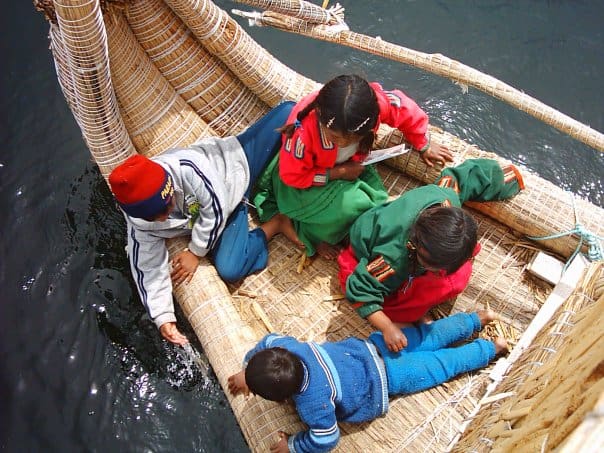
A photo of kids playing on a reed boat from the Islas Flotantes of Lake Titicaca (photo Tony Dunnell)
You’ll have limitless opportunities for taking memorable photos in Peru. But photography can be intrusive, so it’s a good idea to follow some basic photo etiquette, both to avoid annoying the locals and — sometimes — to stop them from annoying you…
Photo Etiquette for Taking Pictures of People in Peru
Whenever possible, and whenever it seems necessary, ask a person’s permission before taking his or her photo in Peru. Basically, it’s often rude not to. Be particularly considerate when taking photos of indigenous tribespeople, even if you consider the photo to be a crowd shot or scenic shot. People from traditional Andean communities may also take offense at unsolicited photography, as they are typically more reserved than Peruvians from coastal or jungle regions. For example, a photo of a market stall with two colorfully dressed old women may be a winner, but if you don’t ask in advance you might get a frosty reaction (and those knitting needles are sharp).
Most Peruvians will happily let you take their photo if you ask politely, but “no” always means “no.” And even if you do have permission to take the shot, be prepared for your subject to then ask for a tip (propina). It’s up to you whether to give a tip or not, but a small amount will generally suffice (50 centavos or one sol is enough).
Sometimes, of course, you’ll take a perfectly innocent and reasonable photo of a street scene or landscape, only to have someone come up to you demanding a tip for taking their photo. In these cases, feel free to refuse.
As for photographing children in Peru, you can’t do much wrong. Kids love having their photo taken, especially on digital cameras where you can show them the photo instantly. They might get excited and try to take your camera from you to get a better look at the screen, but you’ll be putting your camera at risk of damage (or potentially theft) if you let go of it completely.
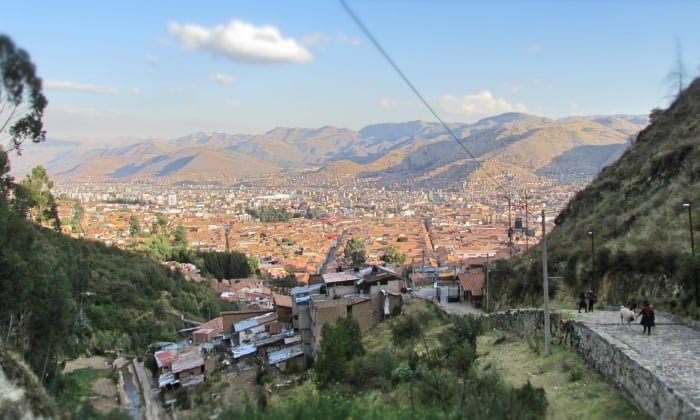
I took this photo while walking down from Saqsaywaman to Cusco. You see the woman in the bottom right with her two kids and a llama? They demanded that I give them a tip for taking this photo. I politely refused.

Photographing Places in Peru
Museums and galleries generally apply the “no flash photography” rule, and a few have a strict ban on all photography. Religious buildings such as churches, convents, crypts and catacombs often ban photography completely, so always ask someone before taking a photo. Unless given explicit permission to do so, never walk into a church and take a photo using a flash. Most churches in Peru are open to tourists, but remember that the locals are there to worship and don’t appreciate any disturbances.
Taking Photos of Military and Police Personnel and Property
Gun-toting military and police personnel can make for great photos, but tread carefully. Always ask for permission before waving your camera around in the direction of Peruvian police officials or soldiers.
You’ll often receive a stern “no,” but some units are more relaxed than others. Also take into account the situation: if the potential subjects look like they aren’t doing much then they’ll probably be more receptive. If, on the other hand, they are obviously engaged in something (they have a struggling suspect pinned to the ground) then you might want to skip the photo — or risk having your camera confiscated.
Taking photos of military buildings and other installations is often prohibited. Even if you don’t see any obvious cautionary signs, be a little careful. If there is an obvious “no photography” sign and you take a photo anyway, you once again risk having you camera confiscated if caught.
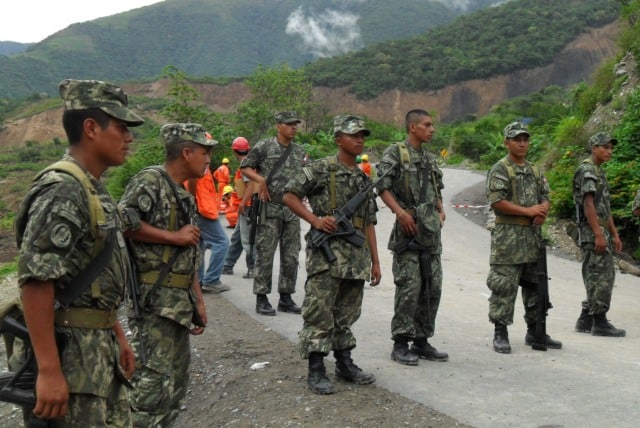
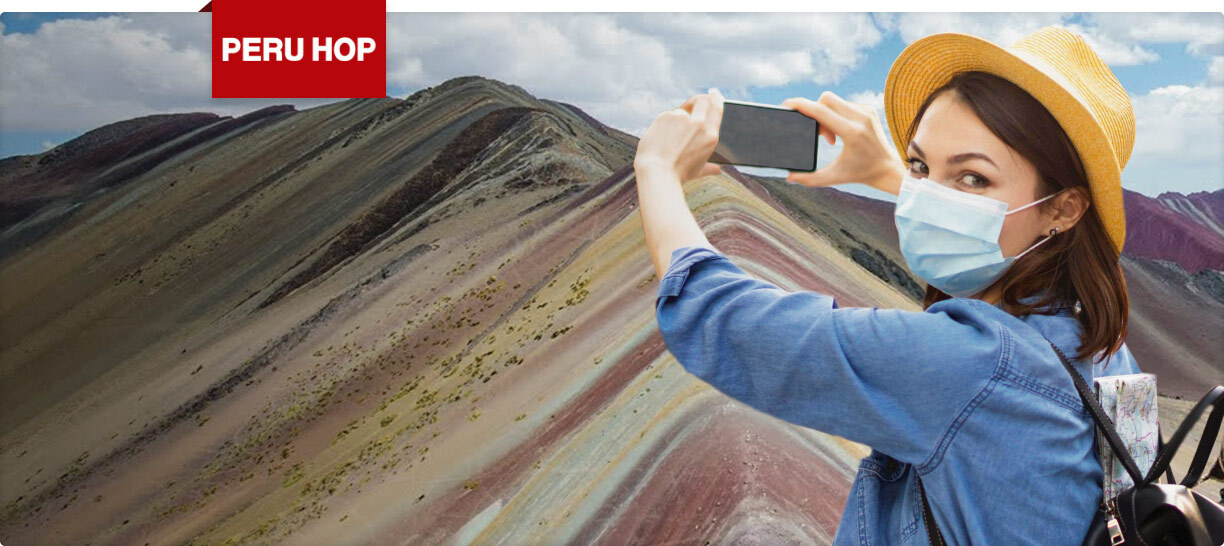


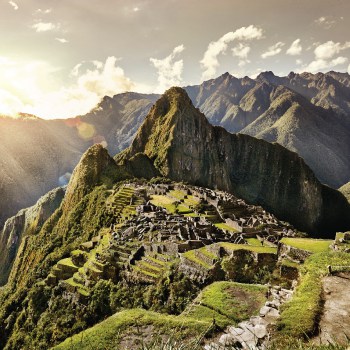







4 comments for “Peru Photo Etiquette: Photography Dos and Don’ts”